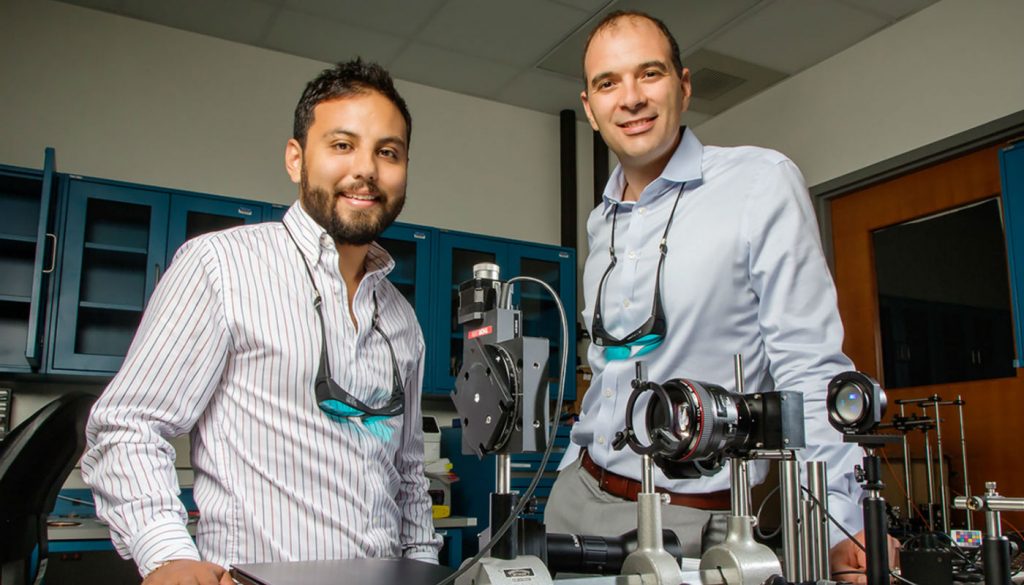Taking a cue from nature, engineers in the US have created a novel camera that mimics the eye of the mantis shrimp to detect cancer.
A camera with the ability to sense both polarisation and colour has been pioneered in the US, inspired by the eye function of the mantis shrimp. This is exciting news, as one potential application is early detection of abnormal cells associated with colon cancer.
“The notion that we can detect early formation of cancer is what is driving this research forward. The cost of this technology is less than $100, which will enable quality health care in resource-limited places around the world,” said University of Illinois Professor of Electrical and Computer Engineering Viktor Gruev.
Previous studies have shown that a bio-inspired polarisation sensor fitted to a colonoscope could detect the disordered nature of cancerous cells in the human colon.
Gruev and fellow researcher Missael Garcia have duplicated the vertical stack formation of the photosensor elements in the shrimp’s eye by layering photodiodes in silicon. According to Gruev, this allows detection of colour without custom filtering, as longer wavelength colours penetrate the structure more deeply than shorter wavelengths. The addition of metallic nanowires allows the system to sense polarisation.
Mantis shrimps have 16 kinds of colour receptors in their eyes, while humans have only three. Their visual system also incorporates six polarisation channels and can distinguish colours within the ultraviolet spectrum.
“These organs not only surpass the sensitivity of our own visual systems, they also capture more visual information using less power and space than today’s most sophisticated, state-of-the-art cameras,” Gruev said.
The makers hope the camera could also be used for environmental monitoring and decoding sea creatures’ underwater communications.
Mantis shrimp have proved a rich source of inspiration for new technology. In 2014 a team of Californian researchers based a design for a super tough composite material on the helicoidal structure of the crustacean’s fist-like club.
And in 2016 the Ecology of Vision research group at University of Bristol discovered that mantis shrimp roll their eyes to enhance their polarisation vision, which has potential for application in the field of computer vision and robotics.
